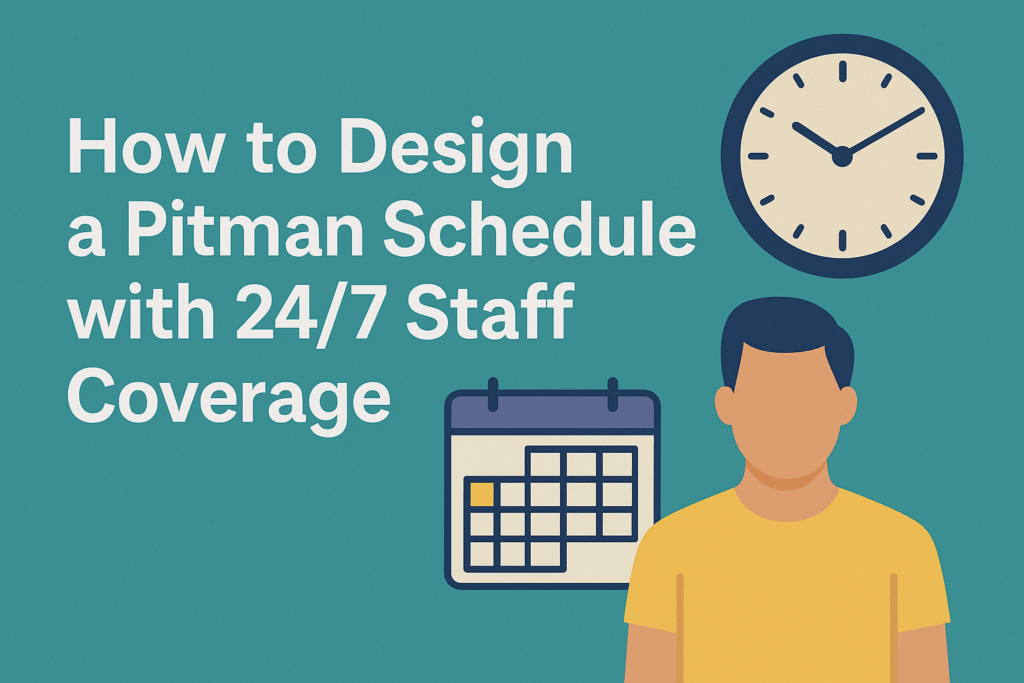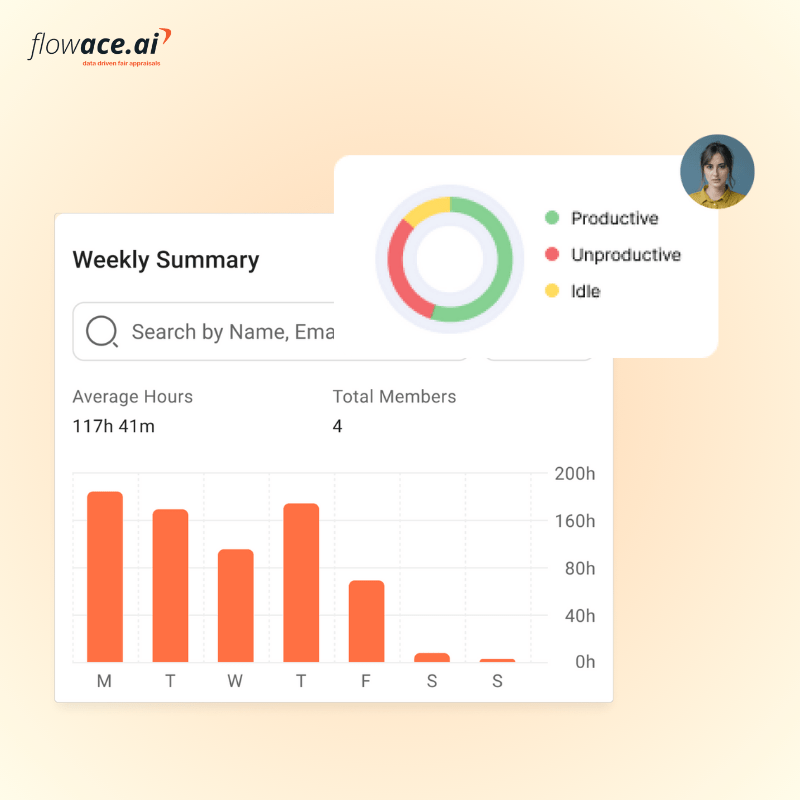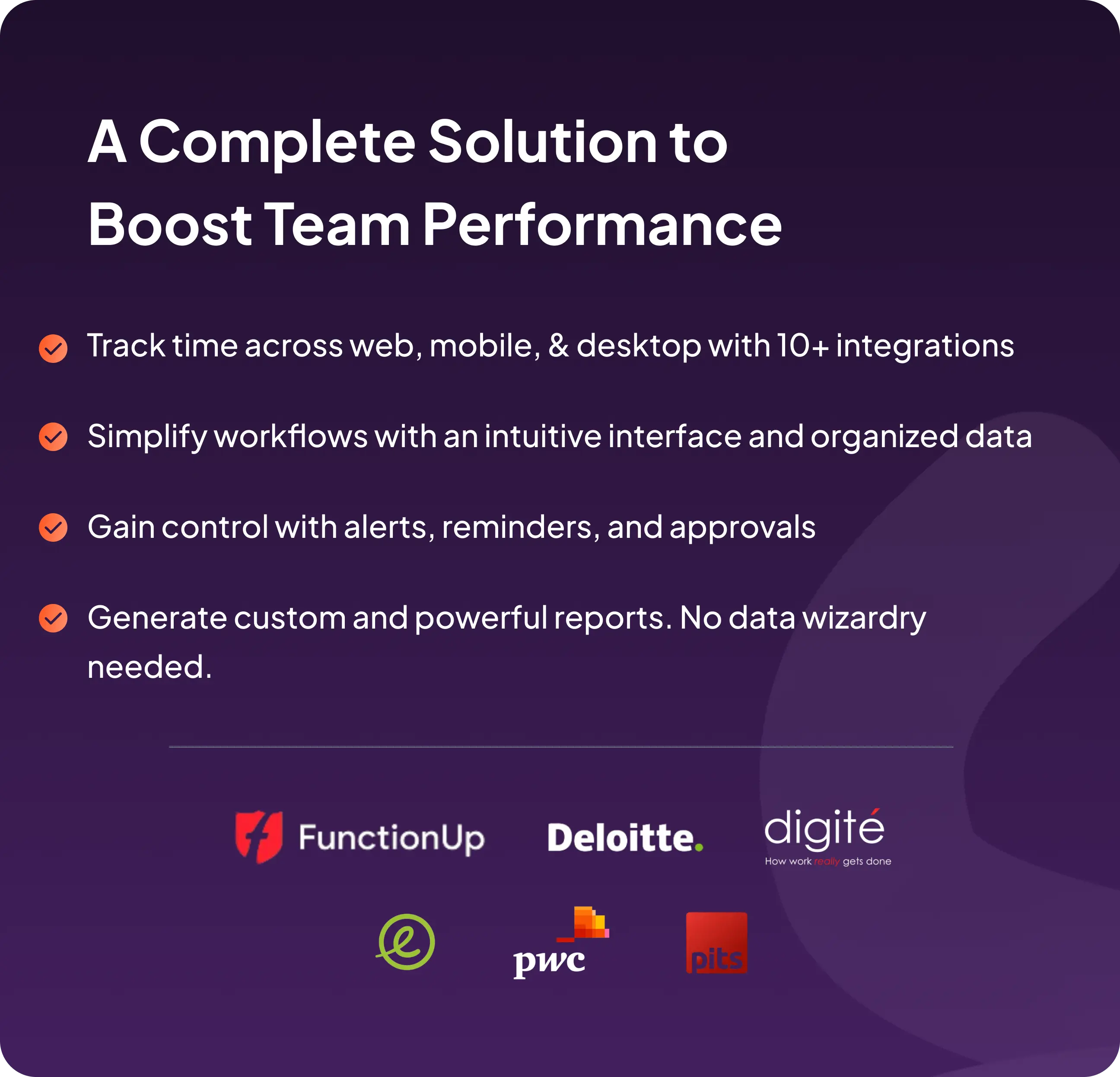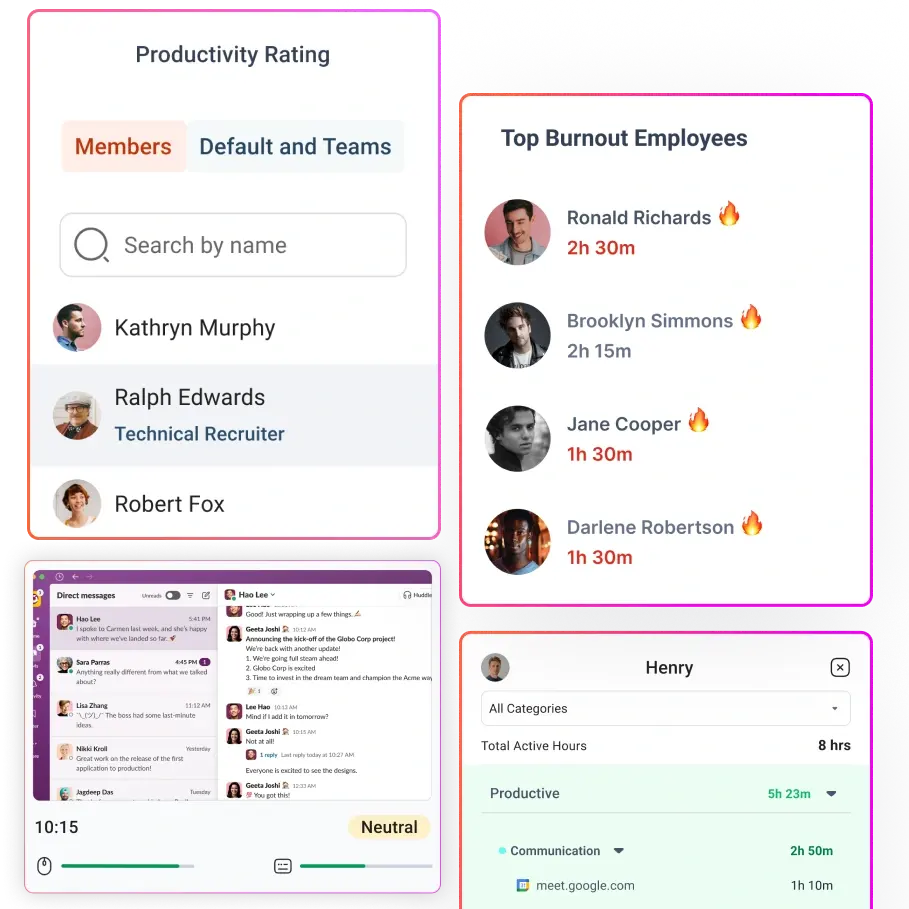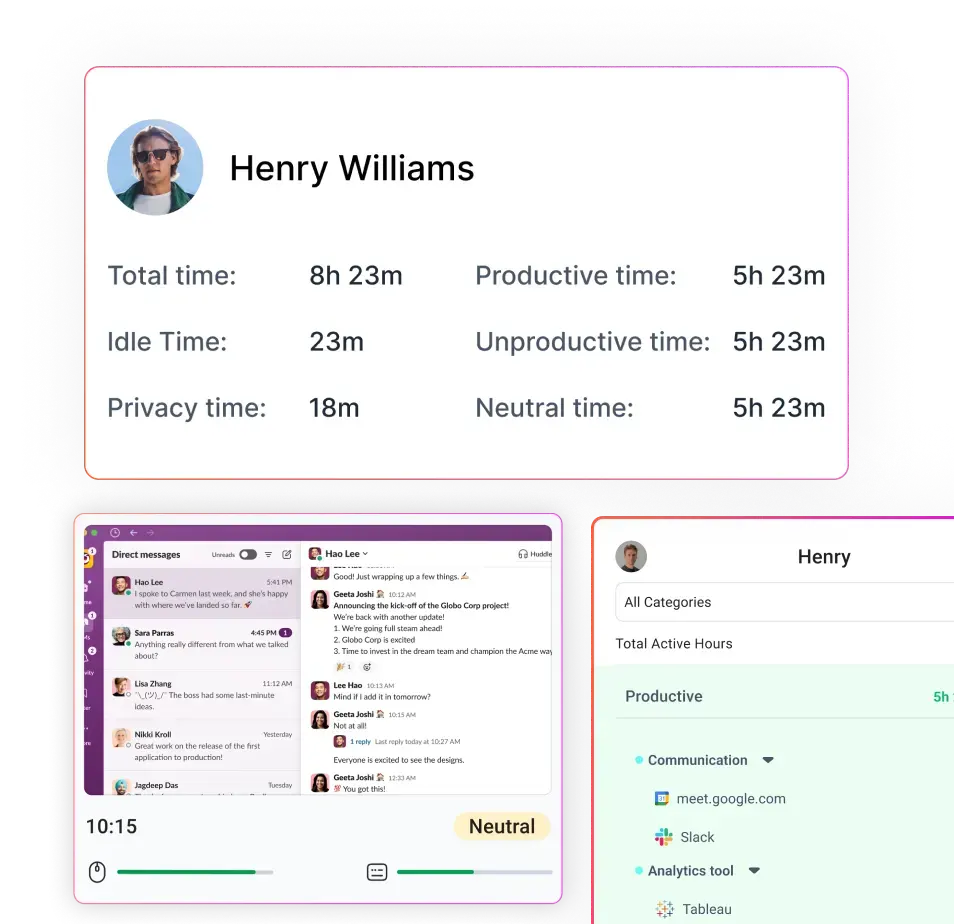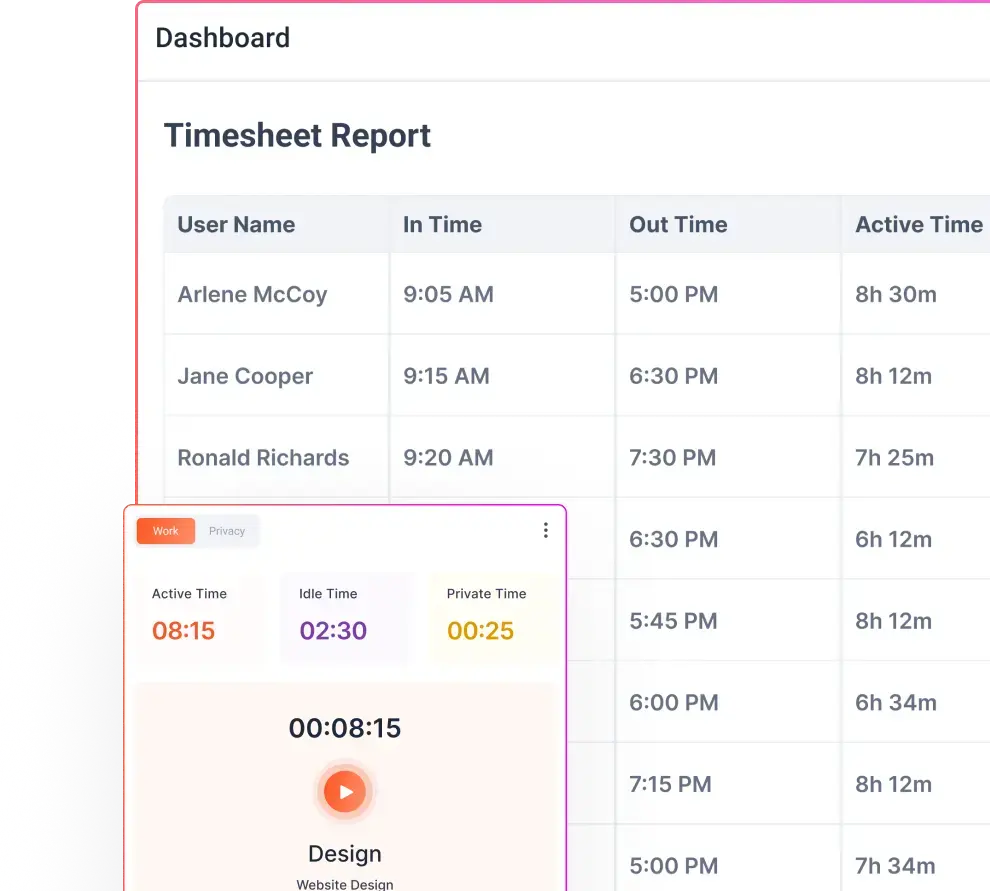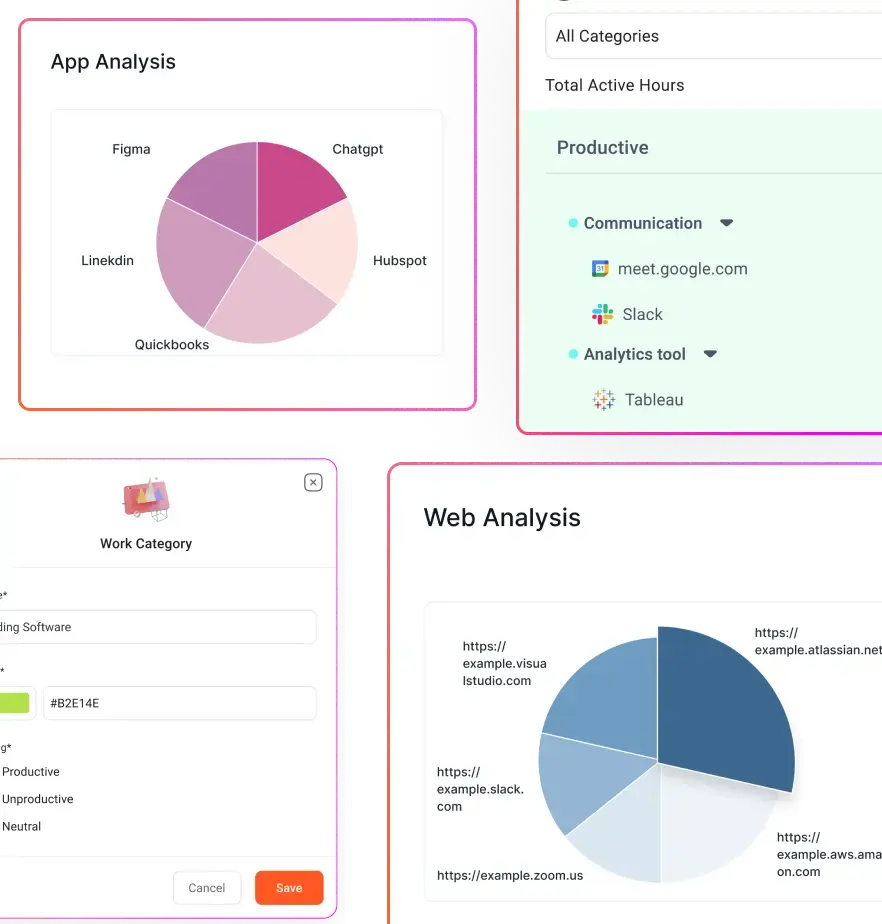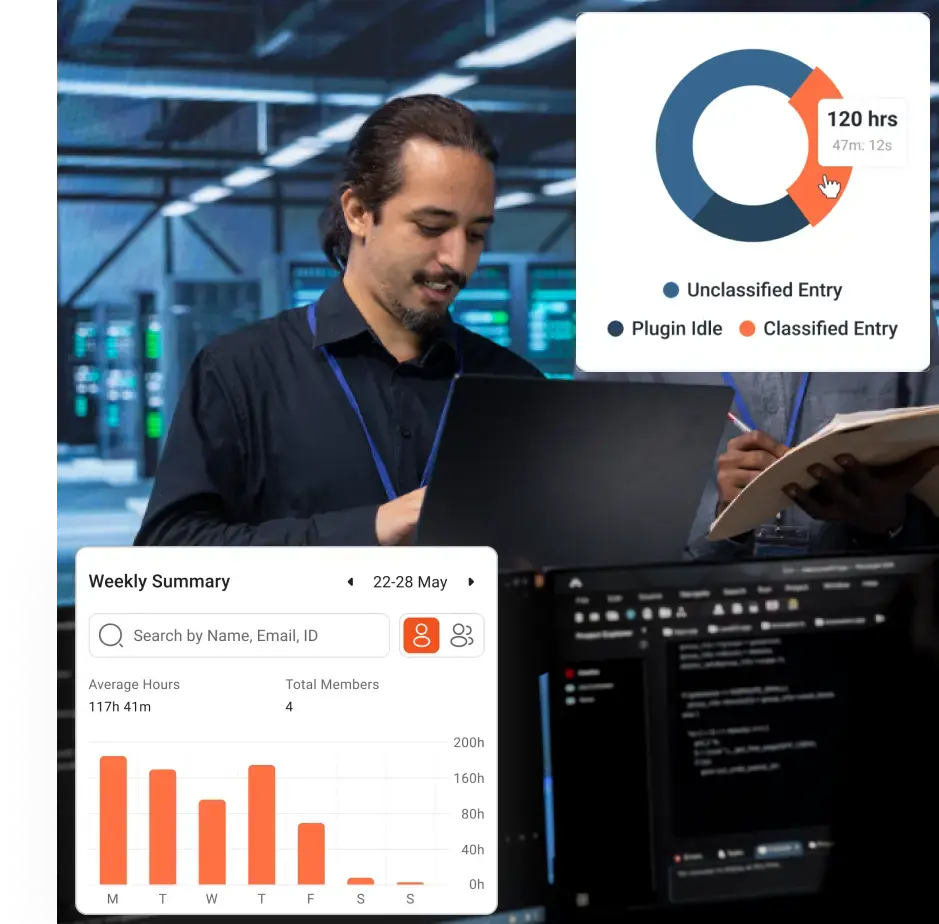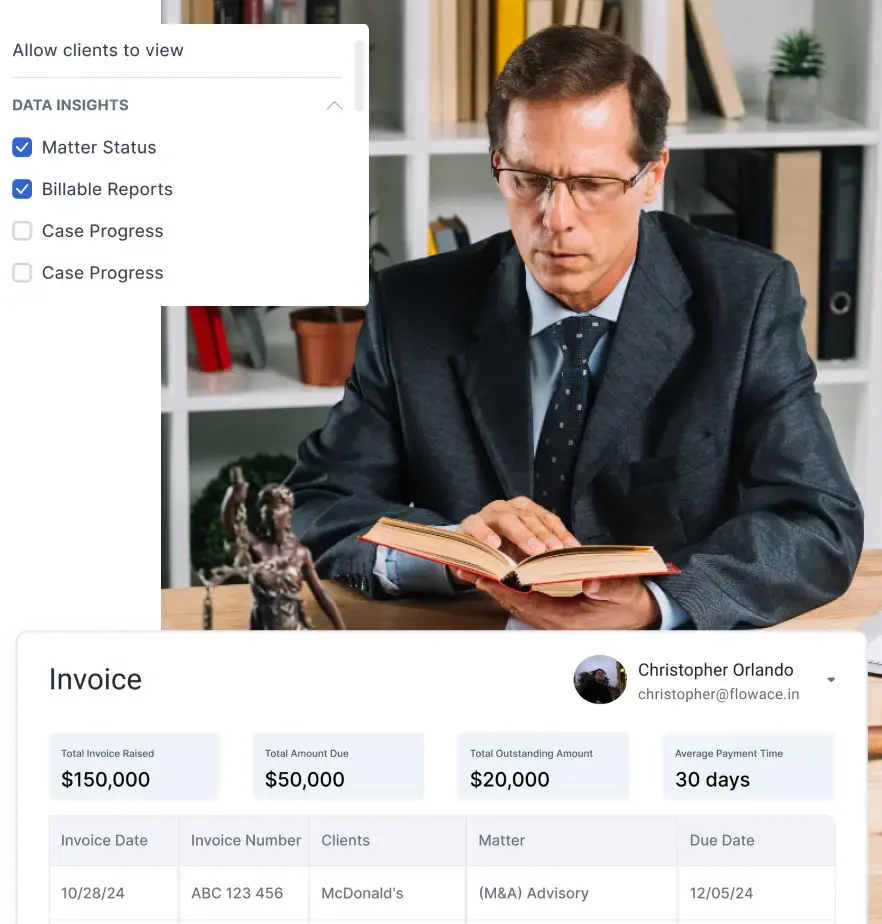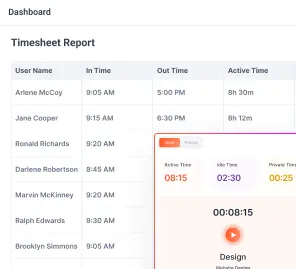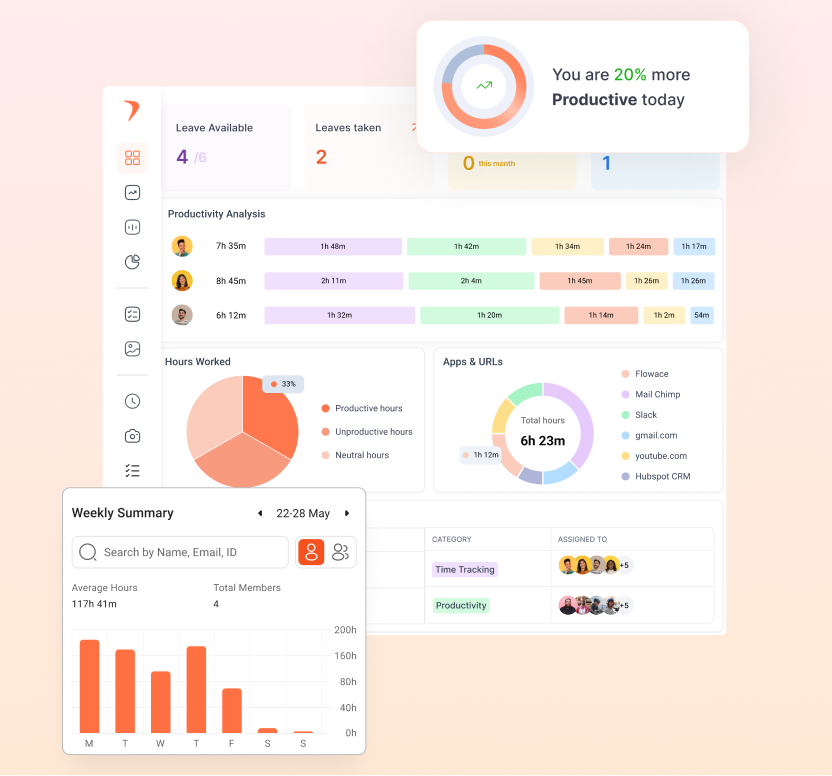If you need your team to be working 24/7 without getting burned out, the Pitman schedule might be your answer. You’ll often see it used in places like hospitals, police departments, emergency services, factories, utility companies, and any industry that can’t afford a shutdown.
What makes the Pitman schedule so popular? It gives your team long breaks, a predictable routine, and fair rotation between day and night shifts. That means your staff gets real time to rest and recover, which helps them stay sharp and avoid burnout.
Key Takeaways:
- The Pitman schedule is built for nonstop, 24/7 operations: It uses four teams working 12-hour shifts in a 2-3-2 pattern. This setup keeps coverage continuous while giving your team long, regular breaks to rest and recharge.
- It works best in industries where uptime is critical: It works with hospitals, emergency services, factories, and call centers, anywhere that can’t afford a moment of downtime.
- You need enough people to pull it off: At minimum, you’ll need eight staff members, two per shift, to make it work without burnout. Small teams will struggle to maintain the cycle without overloading workers.
- Long shifts can bring fatigue, health risks, and morale issues: The 12-hour days are tough. While the schedule offers more days off, you’ll need to watch for burnout, sleep issues, and dissatisfaction, especially if team members aren’t used to this style of work.
- Flowace helps you manage and optimize the Pitman schedule: With smart alerts, productivity reports, and break tracking, Flowace helps you spot fatigue, coach new hires, adjust shift times, and keep your team sharp. Try Flowace free today and take your stress out of scheduling.
What Is the Pitman Schedule?
The Pitman schedule is a structured 24/7 shift plan that organizes employees into four teams (or “platoons”) working 12-hour shifts in a repeating two-week cycle. The primary goal is to maintain uninterrupted operations around the clock without overworking individuals.
Each team’s work/rest pattern is often described as a “2-3-2” sequence of on/off days. In one cycle, the team works 2 days, then has 2 days off, then works 3 days, then 2 off, then works 2 days, then 3 off.
This yields 7 workdays and 7 days off for each employee in a 14-day period (hence sometimes called a “half-month shift plan”).
How Does the Pitman Schedule Work?
The mechanics of the Pitman schedule involve organizing four teams across two 12-hour shifts (Day and Night) such that all 7 days of the week, 24 hours a day, are covered.
To illustrate, here is an example of a two-week Pitman rotation for a fixed day-shift team:
-
Work 2 days, e.g. Monday & Tuesday – on duty 06:00–18:00 each day
-
2 days off, e.g. Wednesday & Thursday – no work
-
Work 3 days, e.g. Friday, Saturday, Sunday – on duty three consecutive days
-
2 days off, e.g. Monday & Tuesday of the following week – off duty
-
Work 2 days, e.g. Wednesday & Thursday – on duty again
-
3 days off, e.g. Friday, Saturday, Sunday – a long weekend off
This 14-day cycle then repeats.
Each team follows the same sequence of on/off days, but staggered in start times or rotated between day and night duty.
Pitman Fixed Schedule
In a fixed Pitman schedule, each team is permanently assigned to either day shifts or night shifts throughout the cycle. Two of the teams will always work the daytime 12-hour shift (often 6 AM – 6 PM), and the other two teams will always work the night shift (6 PM – 6 AM).
All teams follow a two-week timetable but start on different phases so that coverage overlaps appropriately. For instance, consider Teams 1 and 2 as the Day and Night crews following one pattern, and Teams 3 and 4 following the complementary pattern:
In simpler terms, when Teams 1 & 2 are working, Teams 3 & 4 are resting, and vice versa, creating a seamless rotation of coverage. Each team’s on/off blocks are arranged such that shifts alternate and no gaps exist in staffing at any time of day.
Rotating Pitman Schedule
In a rotating Pitman schedule, the teams rotate between day and night shifts over a longer cycle to share the burden of night work.
The basic 2-3-2 pattern of work/off days remains the same, but each team will spend part of the month on days and another part on nights.
A common approach is a 28-day (4-week) rotation: each team does two weeks of day shifts, then switches to two weeks of night shifts. For example, in a 4-week span:
Weeks 1–2: Team 1 works the day shift following the 2-3-2 pattern. Team 2 works the night shift pattern. (Teams 3 and 4 cover the opposite days as usual.)
Weeks 3–4: Team 1 switches to nights and Team 2 switches to days for the next cycle, again following the same pattern, while Teams 3 and 4 also swap their shift times
In a rotating Pitman, teams switch shifts every two or four weeks. The full 28‑day cycle is written as “2‑2‑3‑2‑2‑3”: work two days, off two, work three days, then repeat the pattern on the opposite shift.
Which Industries Use Pitman Team Management?
The Pitman shift schedule is favored by organizations that operate beyond the traditional 9–5 and require continuous staffing. It is especially common in industries where uninterrupted service 24/7 is critical.
Typical sectors and workplaces using Pitman team management include:
- Law Enforcement & Public Safety: Police, fire departments, and EMS teams often use Pitman shifts. It keeps two teams on during the day and two at night. So there’s always someone on duty and you get every other weekend off. That’s a great relief in high-stress jobs.
- Healthcare: Hospitals, 911 dispatchers, and urgent care clinics use Pitman, too. You might work three long shifts and then get a nice stretch of days off. That helps you recover after tough shifts. But yes, those 12-hour days can still wear you down, so managing fatigue is important.
- Manufacturing & Industrial Jobs: Factories, power plants, and chemical plants love Pitman-style schedules. Machines run non-stop, and fewer shift handovers mean less downtime. You’ll usually work 3–4 days, then get 2–3 days off. That keeps burnout low even in tough, physical roles.
- Transportation & Logistics: If you work for an airline, railway, or warehouse, chances are you’ll see a Pitman-style 2-3-2 shift. These companies need crews and ground staff at all hours. This kind of schedule helps cover everything from air traffic to forklifts around the clock.
- Customer Support & Security: Call centers, IT support, and security teams use Pitman shifts to stay covered 24/7. It’s great for international handovers too. If you work at a hotel or gas station that runs round-the-clock, you might see a version of Pitman here too. Smaller businesses, though, may not have enough people to make it work.
A common rule of thumb is that you should have at least 2 employees per shift (8 total) to even consider a Pitman pattern, and realistically, many more to account for backup and rotation. Very small companies (with say 5–6 employees total) cannot effectively run a Pitman schedule – they simply don’t have enough people to populate four crews without overworking everyone.
Challenges of the Pitman Schedule
While the Pitman schedule offers appealing extended breaks and consistent rotation, it also comes with significant challenges. These mostly stem from the long 12-hour shifts and the complexity of maintaining round-the-clock staffing.
High Fatigue
You work 12‑hour shifts for three days straight. By the end, you’re drained. Tiredness slows your reactions and raises error rates. Microsleeps on the job become a real danger.
To help, limit back‑to‑back shifts, monitor overtime, and take regular breaks. Tools like Flowace can flag when you seem sluggish.
Work‑Life Balance Strain
You get more days off, but workdays eat up your time. You leave home early and return late, leaving little room for family or hobbies. Rotating nights can isolate you from family.
Plan meals in advance, follow good sleep habits, and use days off wisely. Swap shifts when you can to avoid too many long weekends in a row.
Health Risks
Long hours and odd sleep patterns can trigger health risks like chronic fatigue and sleep disorders. Over time, you risk diabetes, high blood pressure, and heart issues. Stress and mood swings can also follow.
The Pitman schedule’s predictability helps you set a routine, but you should still take breaks. Eat well, and nap briefly if allowed. Employers should offer health checks, rest areas, and wellness programs.
Staffing Flexibility
Covering gaps is tricky with just four teams. If someone calls in sick, you might end up working extra hours or forcing others to fill in. Small teams feel this pain most.
You need floaters, cross‑training, or part‑time help. Automated schedulers can warn managers when coverage is low.
Variable Satisfaction
Some of us love long breaks. Others hate 12‑hour days and prefer shorter hours. If you feel stuck, speak up. Companies should gather feedback, allow shift swaps, and reward you for extra work.
Regular check‑ins and surveys can catch these morale issues early.
What are the Advantages of the Pitman Schedule
Here are the core Pitman shift pattern benefits and how they keep teams sharp.
Cost Savings
You only have two handoffs a day instead of three. That cuts downtime, briefing time, and startup costs. Machines stay running, so you avoid wasted minutes and energy. You may need fewer overlapping staff, and more off‑days often mean fewer unscheduled absences.
Improved Efficiency
You know exactly who’s on duty each day. That makes planning meetings, maintenance, and training a breeze. Longer 12‑hour shifts let you finish tasks instead of handing them off mid‑work. You spend less time context‑switching and more time getting things done. The same crew stays together, so problems get solved on the spot. All of this boosts focus, productivity, and team morale.
Enhanced Employee Availability
You get true 24/7 coverage with no awkward gaps. Teams pass the baton smoothly, so you avoid emergency call‑ins and surprise overtime. Half your workforce is always off duty but can be tapped in a pinch without breaking the bank on overtime. Whether it’s a 4 PM rush or a 3 AM alert, trained staff are on hand. That reliability means happier customers and smoother operations.
Streamlined Management
You only juggle day and night shifts in a four‑team rotation that repeats every two weeks. You track two punches per day and hold briefings twice daily, saving hours of admin work each week. Each team has a clear supervisor, which makes performance tracking easy. Predictable routines simplify maintenance, training, and leave approvals. Many scheduling tools even offer a “set‑and‑forget” Pitman template for minimal tweaks.
What are the Drawbacks of the Pitman Schedule?
Despite its benefits, the Pitman schedule isn’t a one-size-fits-all solution. It’s important to weigh the drawbacks alongside the advantages.
Long Work Hours
You work 12‑hour days, which can be tiring and increase error risks. Not everyone adapts well to extended hours, and employee burnout is a real concern.
Overtime and Compliance
One week in the Pitman cycle has 60 hours of work. That can trigger overtime pay for 20 hours, depending on local laws. You must ensure compliance with rules on shift length, breaks, and rest periods.
Staffing Rigidness
You need four full teams to make it work. Smaller staff struggle to fill shifts, and Pitman doesn’t flex for seasonal peaks or lows without temp help or overtime.
Coverage Gaps
If one team is short on members, every three‑day work block feels it. A last‑minute call‑out creates a big gap. Without floaters or backups, coverage holes can emerge.
Employee Dissatisfaction
Some employees love long breaks; others hate 12‑hour days. Forced shifts reduce job satisfaction. You need regular feedback, shift‑swap options, or opt‑outs to keep people happy.
Health and Safety Concerns
Long shifts can impair alertness. Jobs like driving, operating machinery, or healthcare have higher accident and injury risks. Extended hours are also tied to long‑term health issues. You must implement fatigue management, scheduled breaks, and wellness programs.
When Is the Pitman Schedule Absolutely Necessary?
There are certain scenarios and industries where the Pitman schedule (or a similar 2-2-3 rotation) is not just beneficial but virtually necessary to meet operational demands:
- When nonstop operation is vital: You run a hospital ER, power grid control room, or 24/7 IT/security center. You need trained staff on duty every hour.
- In life‑or‑death roles: You’re in police, fire, EMS, or air traffic control. Regular 12‑hour rotations with built‑in breaks help you stay alert and safe.
- For round‑the‑clock support: You promise 24/7 customer service or tech help. Pitman shifts lets you meet SLAs without burning out your crews.
- To get the most from costly machinery: You operate continuous processes in manufacturing or printing. Pitman keeps equipment running, boosts output, and slots in planned maintenance.
Who Else Works by the Pitman Schedule?
- Manufacturing plants: You run 24/7 factories—auto, food, chemicals—using Pitman to keep machines and crews moving with fewer changeovers and extra days off.
- Transportation hubs: You manage airport ground crews, rail control rooms, or port operations. A 2‑2‑3 rotation ensures systems are watched around the clock.
- Utilities & energy: You operate power plants, grid dispatch, water treatment, or refineries. Pitman guarantees expert staff on duty and smooth turnover for training and maintenance.
- Hospitality & entertainment: You staff 24‑hour hotel desks, casino security, or late‑night venues. Pitman keeps front‑line services and leadership present at all hours.
- Call centers & help desks: You provide 24/7 customer or IT support. Pitman lets you rotate agents by time zone, improving service consistency and familiarity with peak‑period issues.
- Emergency dispatch & monitoring: You run 911, private alarm centers, or campus security. A stable Pitman crew learns site patterns and handles alerts without gaps.
Why the Pitman Schedule Might Not Be Right for Your Team?
Here are key factors and questions to consider before adopting a Pitman 2-3-2 schedule.
Work Nature
You need to map your tasks to the shift length. If your work demands intense focus for 12 hours, like coding or creative design. On slow nights or in roles with natural downtime, an 8‑hour shift may be enough. Ask yourself: Can people stay alert all 12 hours?
Employee Presence
You rely on full‑team collaboration during core hours. Pitman staggers staff so that only half your teams overlap. If your process needs everyone online for meetings or peak service like daily development stand‑ups, splitting shifts can break workflows.
Statutory Compliance
You must follow local laws on work hours, rest breaks, and overtime. Some regions cap daily or weekly hours or mandate a long rest between shifts. Union rules may add extra limits. If a Pitman rotation forces you into costly overtime or legal violations, it’s a no‑go.
Cost‑Benefit Analysis
You need hard numbers. Will overtime pay rise or fall? Do you need extra hires to staff four teams? Will your productivity gains offset added costs? Don’t forget hidden costs, turnover, rework, or safety incidents. If Pitman’s benefits don’t clear your financial bar, choose a different model.
Employee Preferences
You should poll your people. Some crave three‑day weekends. Others dread 12‑hour days. Parents, students, or part‑timers may find long shifts impossible. Low buy‑in can mean low morale and high turnover. This affects your employee well-being. If your team isn’t on board, a voluntary or pilot program may work better than a full rollout.
Operational Constraints
You share resources, tools, or client windows with other teams. If a lab, machinery, or key stakeholders only operate 9–5, a 24/7 Pitman rotation may clash. Cross‑department handoffs, client expectations for standard hours, or limited facility capacity can all scupper a full Pitman setup.
Evaluating the Pitman Schedule Using Flowace
Implementing a Pitman schedule is only step one. To get its full benefit, avoid burnout and overtime spikes, you must monitor and tweak how it runs.
Flowace, an AI‑driven time‑tracking and productivity tool, gives you the real‑time data and smart alerts you need.
At just $2.99 per user/month, you can track activity, attendance, breaks, and more to keep your team sharp and balanced.
Choose the Best Shift Timing
You need the right start and end times for day and night teams. Use Flowace’s productivity reports to see when each person performs best. Flowace shift tracking reports to spot your team’s peak productivity windows.
Maybe some people hit their stride at 7 AM, while others peak in the late afternoon. If you spot frequent late logins for a 6 AM shift, that’s a clue to adjust start times or swap people to better slots.
Onboard and Coach New Hires
Adapting to 12‑hour days can be tough for newcomers. Flowace shows you their activity trends and whether they skip breaks.
If a new agent slows down after eight hours, coach them on micro‑breaks or better pacing. If they skip lunch, use Flowace alerts to remind them to step away. Early guidance helps fresh hires thrive and cuts burnout risk.
Optimize the Workplace
Your environment matters on long shifts. If Flowace shows dips in night‑shift productivity after lunch, poor lighting could be the culprit.
Brighten work areas or add anti‑fatigue mats. If break‑tracking data reveals people aren’t using the quiet room, upgrade it with comfy chairs or nap pods.
Plan and Enforce Breaks
Regular breaks are your secret weapon. Flowace automatically logs when people step away and how long they rest. You can set rules, say, one 30‑minute lunch and two 15‑minute pauses, and get alerts when breaks are skipped or overrun.
Use break‑time data to slot pauses just before common productivity slumps, then watch output rise after each break.
Keep Communication Open
Data alone won’t solve every issue. Use Flowace reports as conversation starters. If you see a team’s output dip on the third night shift, ask, “How are you feeling? Do we need to tweak your rotation?”
Share non‑punitive metrics so teams can self‑regulate and suggest fixes. When you spot attendance patterns like frequent call‑outs on a certain day, talk to staff about underlying causes and work together on solutions.
Final Thoughts
In the end, the Pitman schedule can power your 24/7 operations while giving your team predictable rest and continuous coverage. It’s not a one‑size‑fits‑all solution—you’ll need to balance fatigue risks, legal rules, and your unique workflows. But with the right planning, feedback loops, and workplace support, Pitman can boost efficiency, morale, and cost savings.
Flowace’s real‑time analytics, smart alerts, and break tracking make it easy to fine‑tune every shift and keep your people at peak performance.
Ready to see how Flowace can optimize your Pitman schedule? Book a free demo with Flowace today!
FAQs:
- What does the Pitman schedule mean?
The Pitman schedule is a 12-hour rotating shift pattern where employees work 2 days, off 2 days, work 3 days, then alternate the pattern the next week. - What is the Pitman daytime schedule?
The Pitman daytime schedule refers to working the day shift (typically 7 AM to 7 PM) within the Pitman rotation, providing 3–4 days off each week. - What is the difference between the Pitman schedule and the Panama schedule?
Both are 12-hour shift patterns, but the Pitman schedule offers every other weekend off and alternates weekly, while the Panama schedule has a fixed repeating cycle (2-2-3) that may include working alternating weekends. - What is a 3-2-2-3 shift schedule?
A 3-2-2-3 schedule is another name for the Pitman schedule, where employees work 3 days, then 2 off, then 2 on, then 3 off, in a 2-week rotation.





































